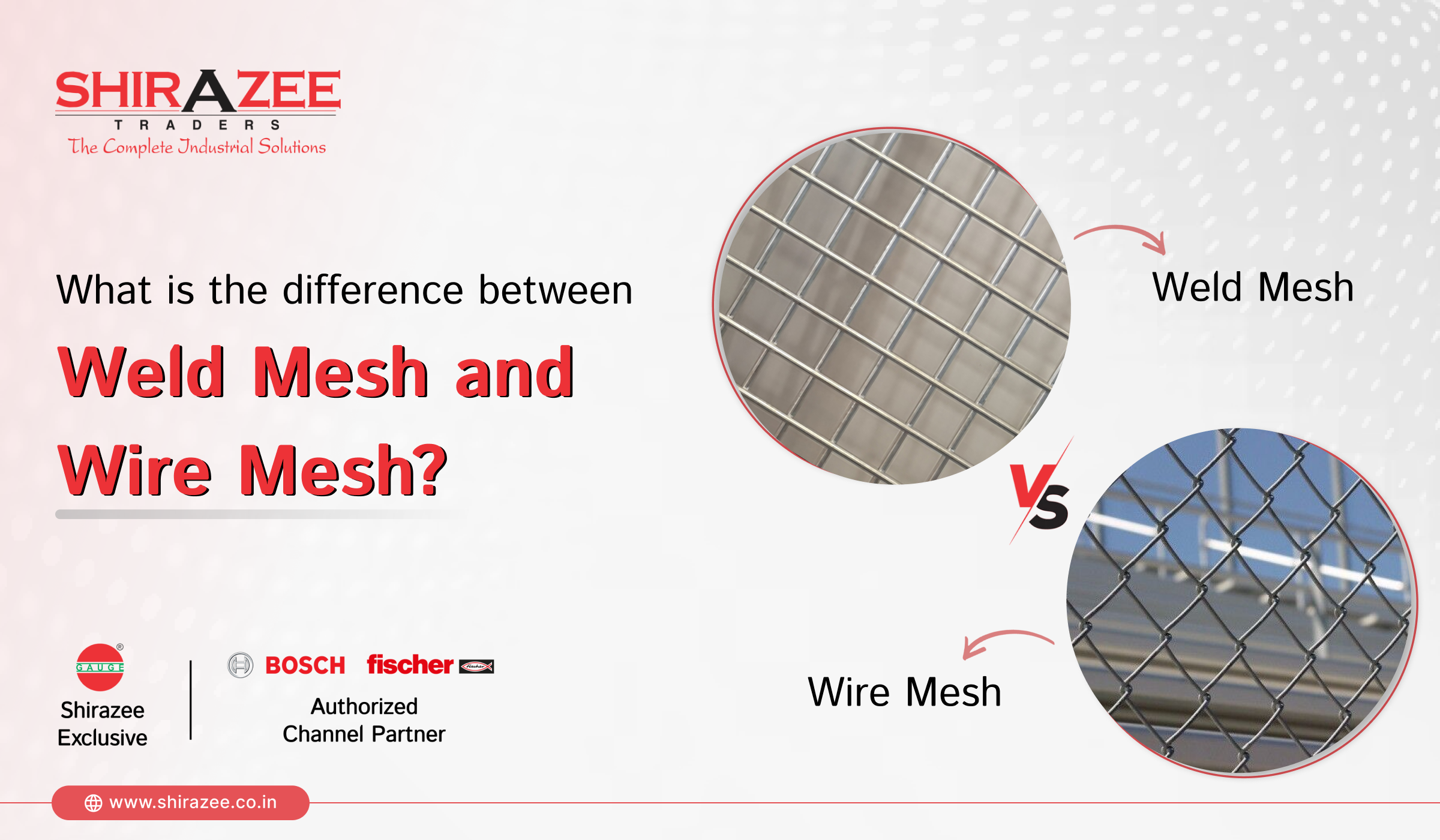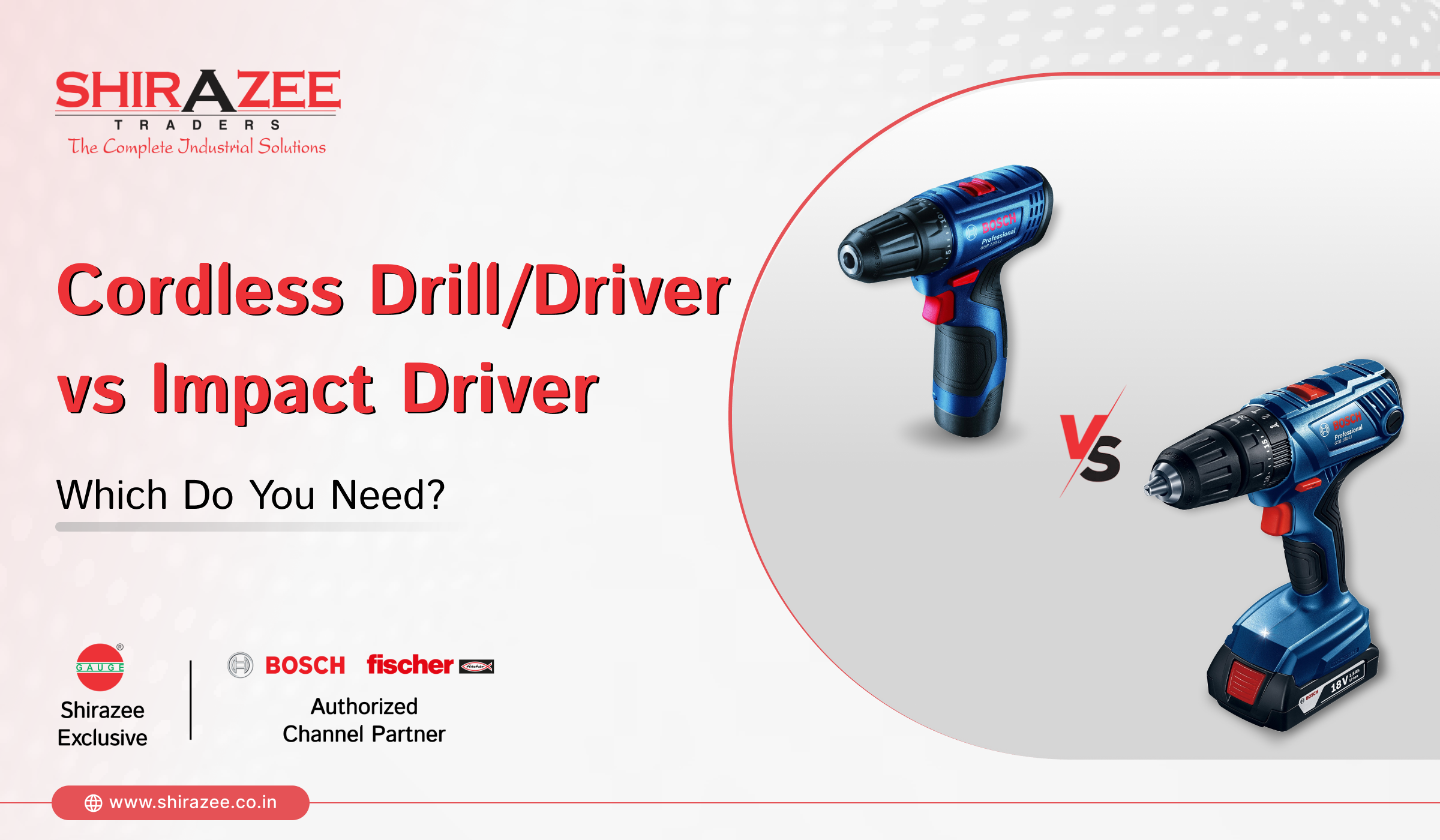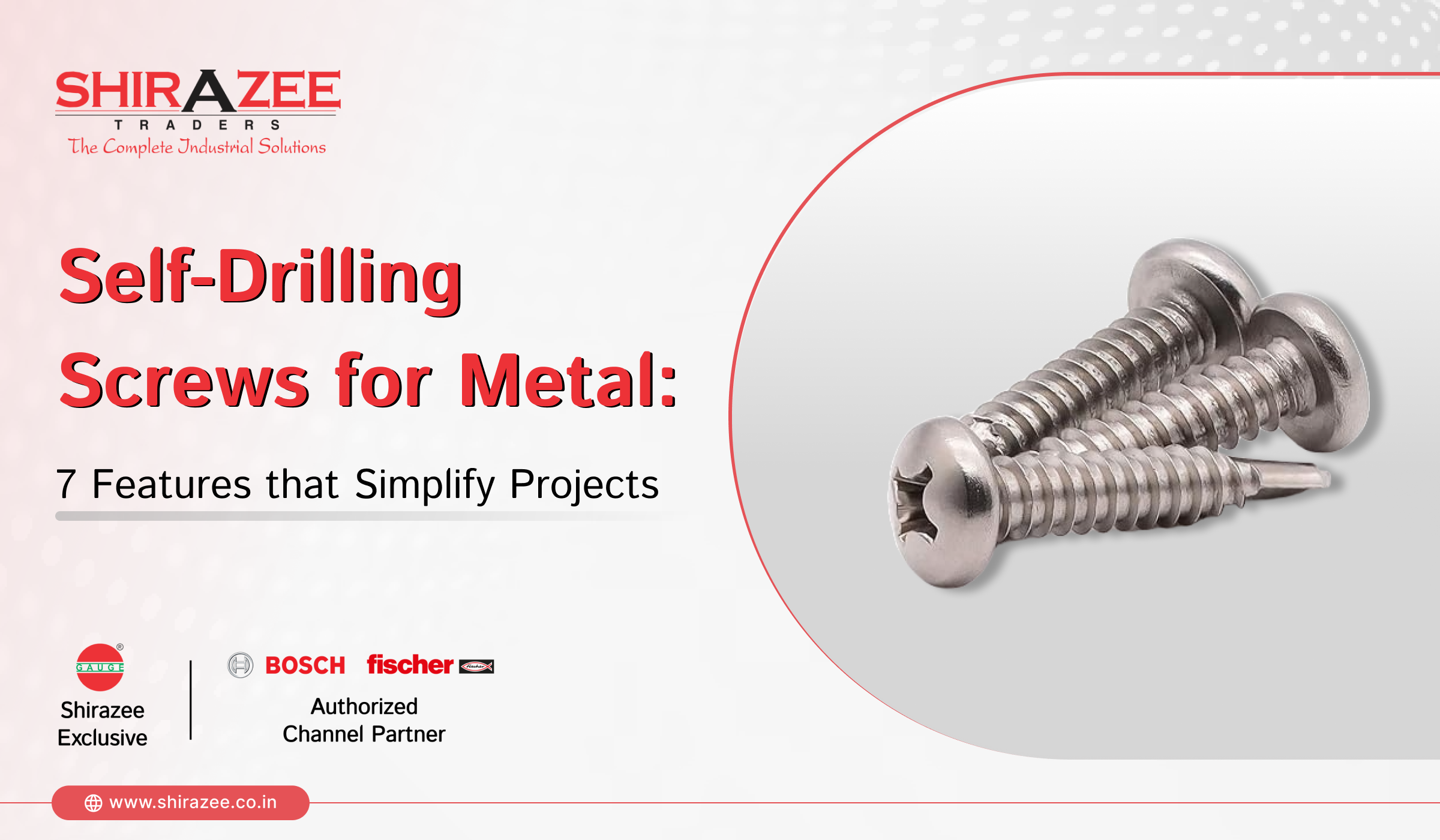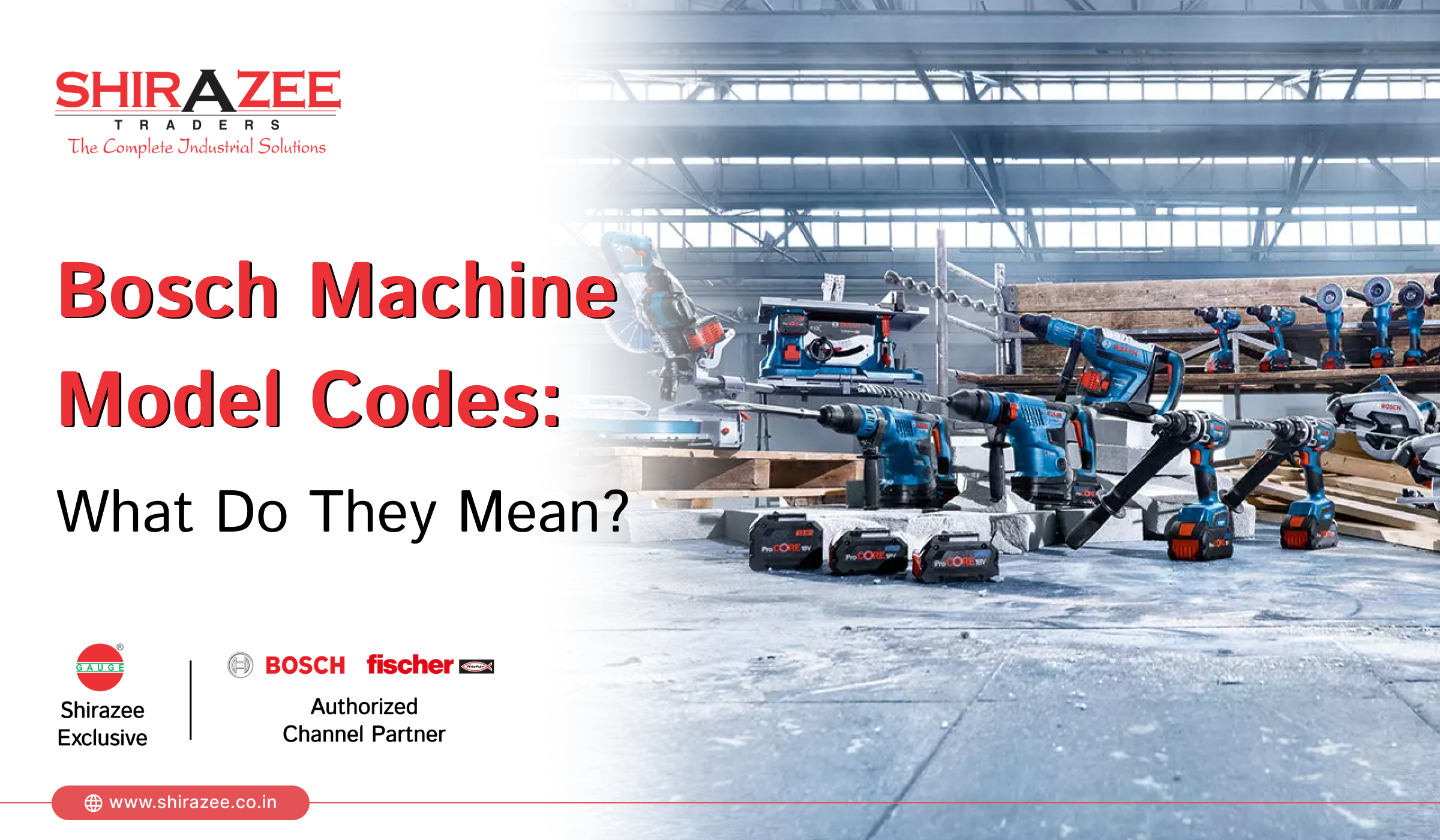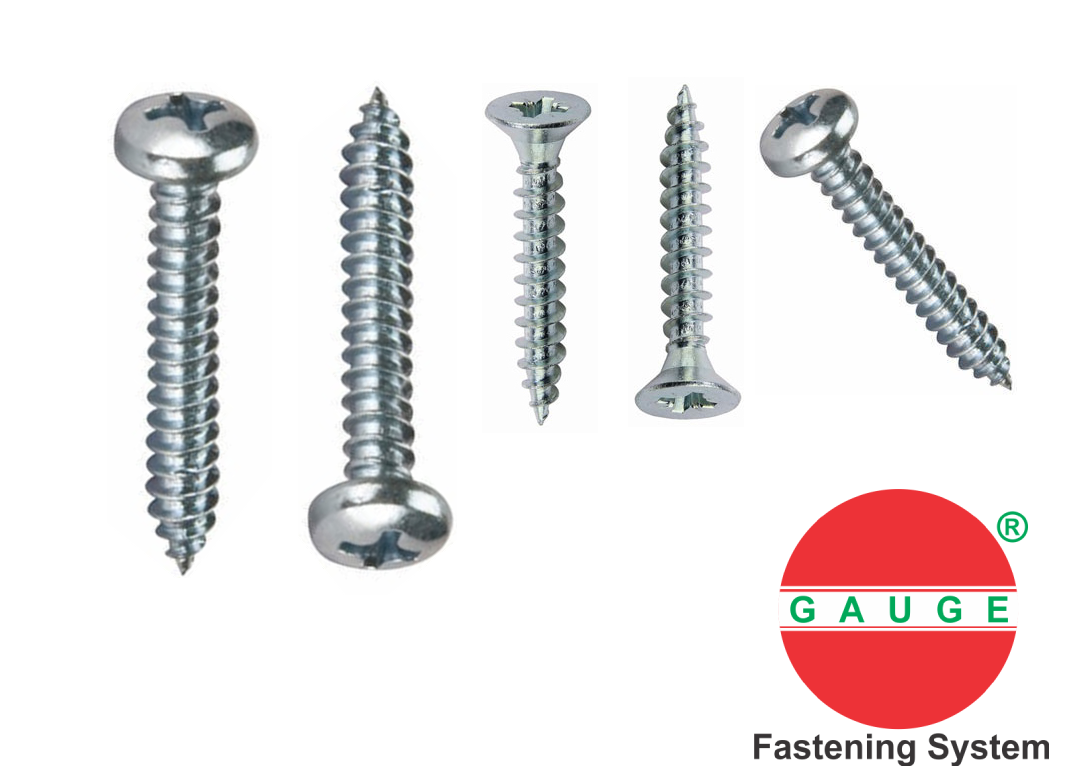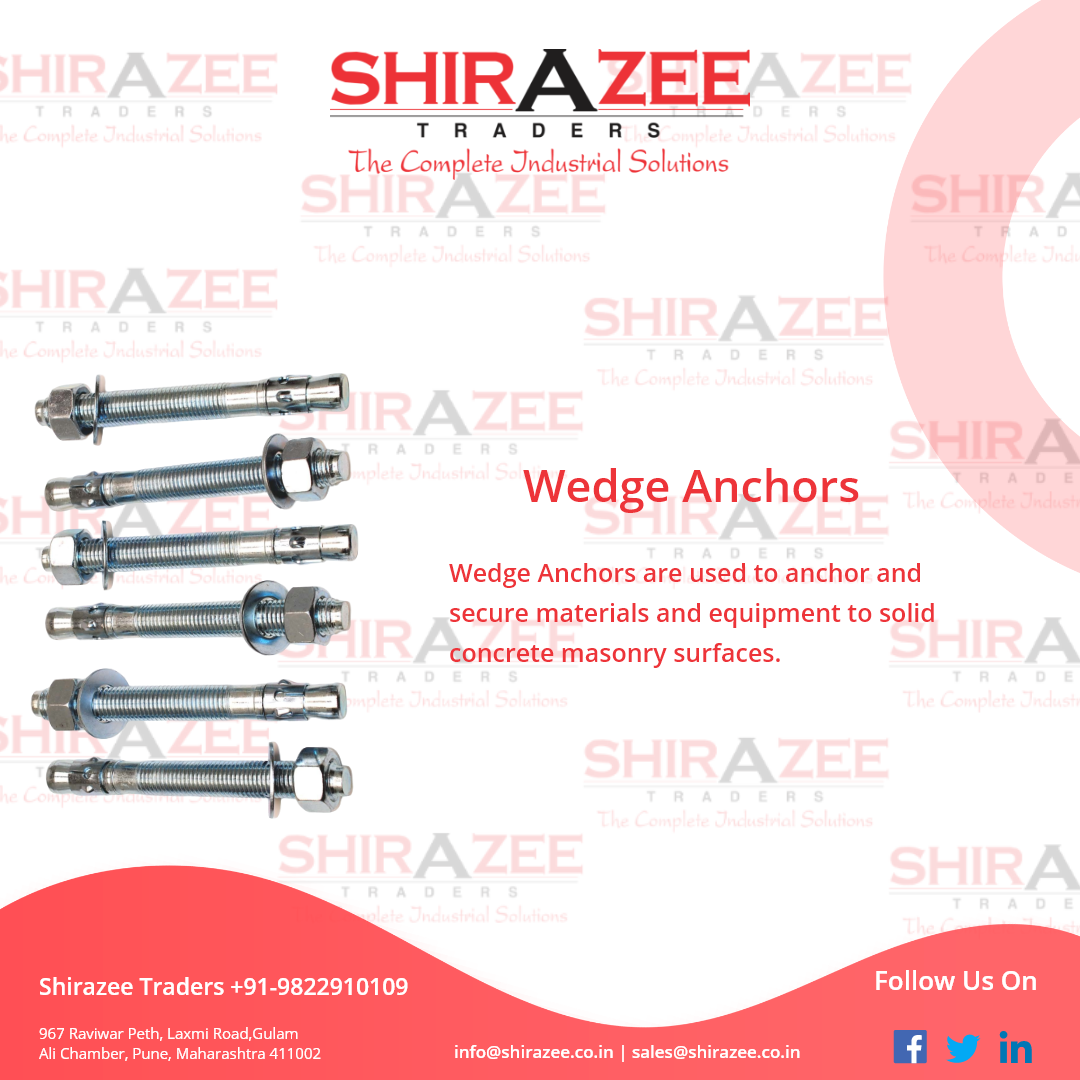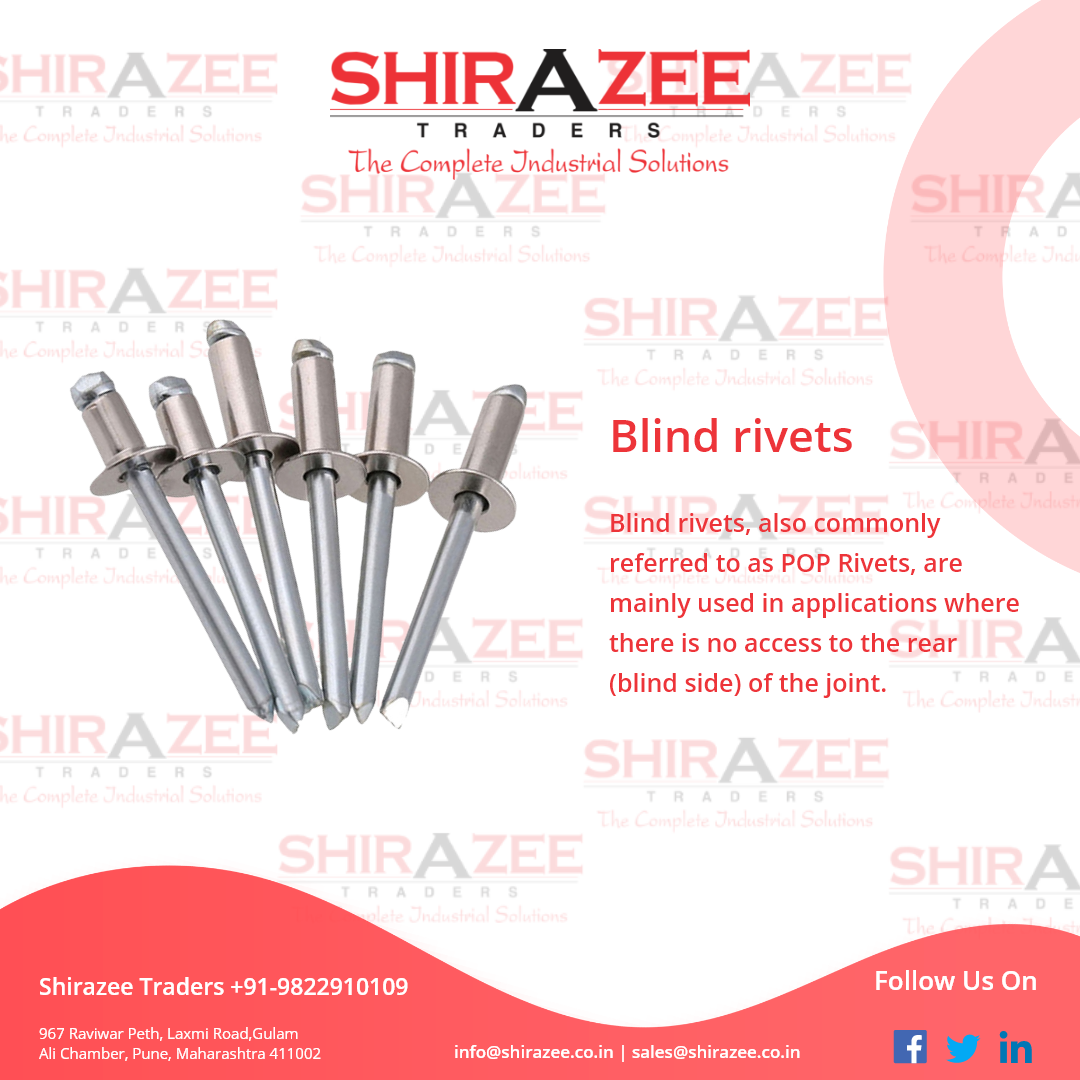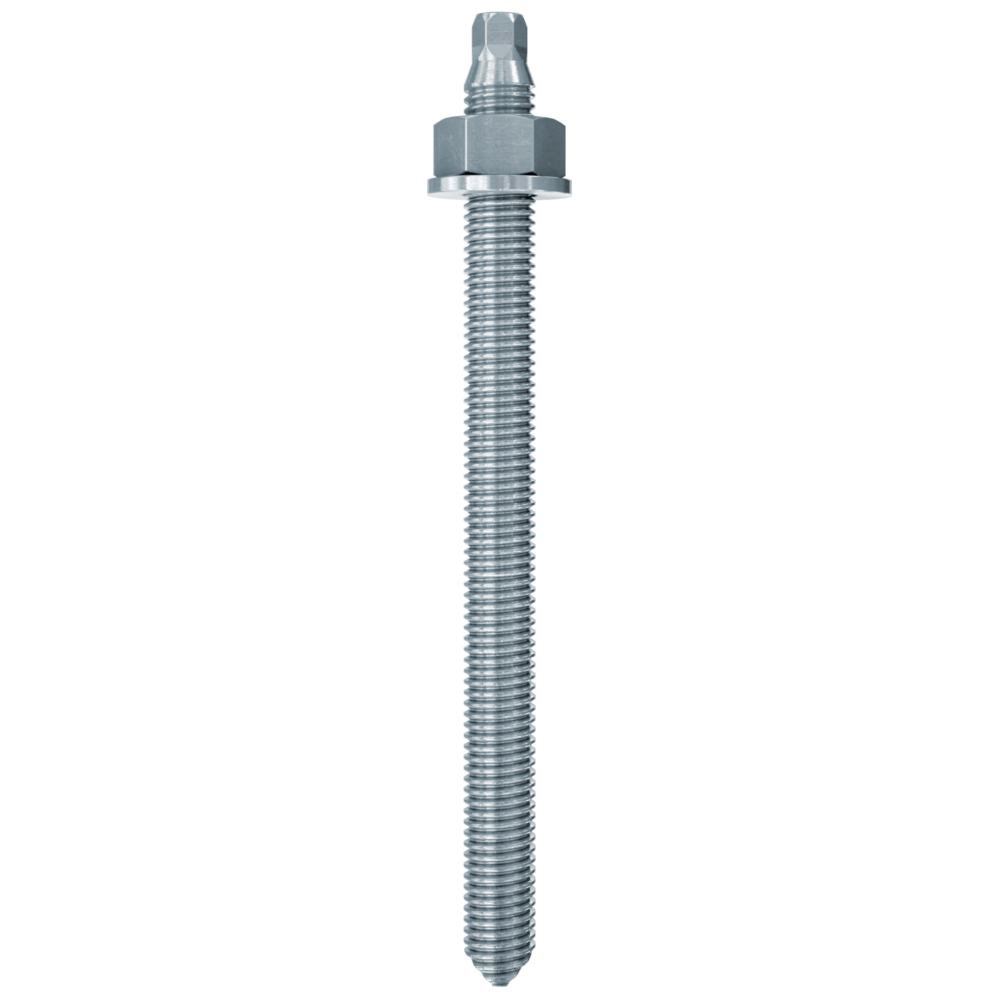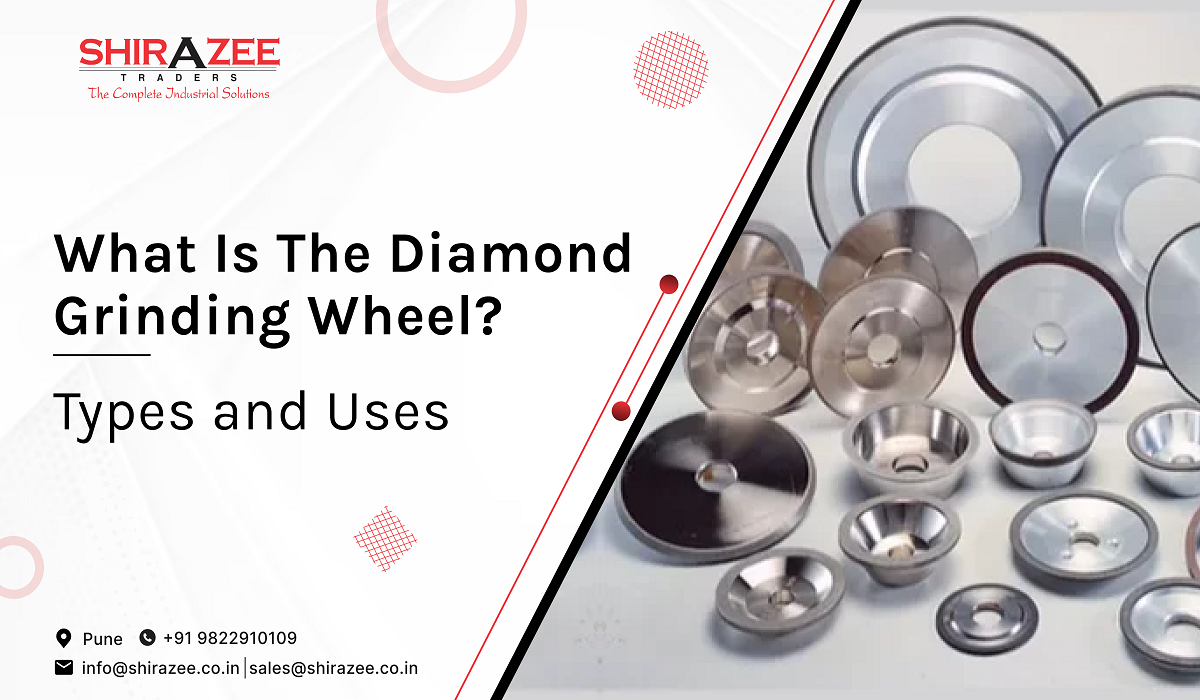
What is the Diamond Grinding Wheel? Types and Uses
posted in Industrial Equipment by admin
Since diamonds are so strong and resilient—a quality that has been appreciated for centuries—they fit right into the world of precise engineering when used in industrial settings. One of the most important abrasive tools in this process is the diamond grinding wheel. This investigation takes readers on a deep dive into the vast field of diamond grinding wheels, revealing the various varieties and a plethora of uses that confirm these tools’ important standing in the manufacturing and machining sector.
We explain the importance of diamond grinding wheels in this blog. Beyond their inherent hardness, these wheels stand out as titans of accuracy, shaping, honing, and refining materials with unparalleled accuracy. The industrial applications they are used in are diverse and span a range of industries, all of which gain from the special qualities of diamond grinding wheels. This in-depth exploration of their complex universe aims to clarify the artistry, creativity, and sheer usefulness contained inside these remarkable instruments.
How Diamond Grinding Wheels Started
The Development of Cutting Instruments: Although sharp tools had been used for generations, a paradigm change was brought about by the groundbreaking discovery of diamond as a material for cutting and grinding in the middle of the 20th century. Because of its durability and hardness, it was the preferred material for grinding wheels that could precisely process even the most difficult materials.
Understanding Diamond Cutting Wheels: The incorporated diamond particles in diamond cutting wheels allow them to easily cut through materials such as glass, ceramics, and stone. We examine the complex production procedure and the essential elements that characterize their efficacy.
Diamond Grinding Wheels Introduction: An advancement over cutting wheels, diamond grinding wheels concentrate on precise material removal via abrasion. These wheels find extensive use in shaping, sharpening, and finishing operations across various industries.
Types of Diamond Grinding Wheels
Resin-bonded diamond grinding wheels: these are highly versatile and perfect for grinding a wide range of materials. We break down the features and makeup of these wheels, emphasizing their value in applications where fine precision is necessary.
Diamond grinding wheels with metal bonds: Metal-bonded wheels are strong and have a long lifespan. We examine the complex relationship that exists between metal and diamonds, providing insight into why these wheels perform so well in intensive grinding tasks.
Diamond grinding wheels with an electroplated coating: these have a single layer of diamond grit and are very accurate and efficient. We dissect the electroplating procedure and look at the uses for this special kind of wheel that yield the greatest returns.
Diamond grinding wheels with a vitrified coating: These wheels are well-known for their remarkable high-speed grinding capabilities and ability to withstand extreme heat. We explore the manufacturing process and delve into the industries that leverage the advantages of vitrified wheels.
Utilizations in All Sectors
Manufacturing Sector: In the manufacturing sector, diamond grinding wheels are essential for shaping and polishing metal and composite materials. We examine particular applications and sectors in which these wheels are essential for accurate and productive manufacturing procedures.
Building and Stone Industries: The need for precise cutting and grinding is critical in the building and stone industries. The preferred tool for experts looking for precision when shaping, edging, and polishing stone materials is a diamond grinding wheel.
Automobile and Aerospace: Precision machining is essential to both the automobile and aerospace sectors. We explore the role that diamond grinding wheels play in supplying the greatest caliber of performance and quality in the production of vital components.
Glass and Ceramic Applications: Specialized tools are needed for cutting and shaping glass and ceramics due to their fragile nature. In these fields, diamond grinding wheels are indispensable because they offer the accuracy required for complex patterns and superior finishes.
Technological Developments in Diamond Grinding Wheels
Integration of Nanotechnology: A revolutionary development is the incorporation of nanotechnology into diamond grinding wheels. We investigate how adding nanomaterials to these wheels improves their longevity and performance while also setting new standards for precision machining.
Intelligent Grinding Wheels: The world of grinding wheels has not been spared by the arrival of smart technology. We go over how real-time monitoring and machining process optimization are made possible by the integration of sensors and data analytics into diamond grinding wheels.
The International Viewpoint: Exporters of Hardware Goods
The Hardware Industry’s Use of Exporters: The importance of exporters to the hardware business in the global economy cannot be emphasized. These organizations play a major role in enabling the global distribution and availability of diamond grinding wheels.
Fulfilling Global Standards: Diamond grinding wheels have to meet strict international requirements because they are necessary hardware goods. We explore the quality assurance procedures exporters use to make sure their goods either meet or surpass industry standards.
The Effect on the Economy: The export of hardware goods, such as diamond grinding wheels, has a major impact on the world economy. We examine the industry’s economic effects and how they promote global cooperation and trade.
An Overview
Diamond grinding wheels are a monument to human creativity and the constant search for perfection within the large field of sharp and hard instruments. These wheels have grown to be the foundation of many industries across the globe, from their simple origins to the cutting-edge innovations that characterize them today. The variety of diamond grinding wheels and their uses in manufacturing, construction, automotive, and aerospace highlight how vital they are.
It is clear from going through the many details of resin-bonded, metal-bonded, electroplated, and sterilized diamond grinding wheels that each kind has particular advantages that make it appropriate for particular applications. The capabilities of these instruments are further enhanced by ongoing technological breakthroughs, such as the integration of nanotechnology and the emergence of smart grinding wheels, which portend even higher precision and efficiency in the future.
In the global market, hardware exporters are essential to guaranteeing that enterprises around the world can get diamond grinding wheels. These organizations enable the smooth flow of these vital resources, fostering the success of cross-border firms, by maintaining international norms and supporting the global economy.
Conclusion
The experience of exploring the world of diamond grinding wheels has been truly fascinating. These wheels are still of unmatched relevance in precise machining, as they continue to literally and figuratively shape our world. This thorough book attempts to shed light on the types, uses, and crucial role of the diamond grinding wheel in the global hardware business, serving both seasoned professionals and enthusiasts together.

